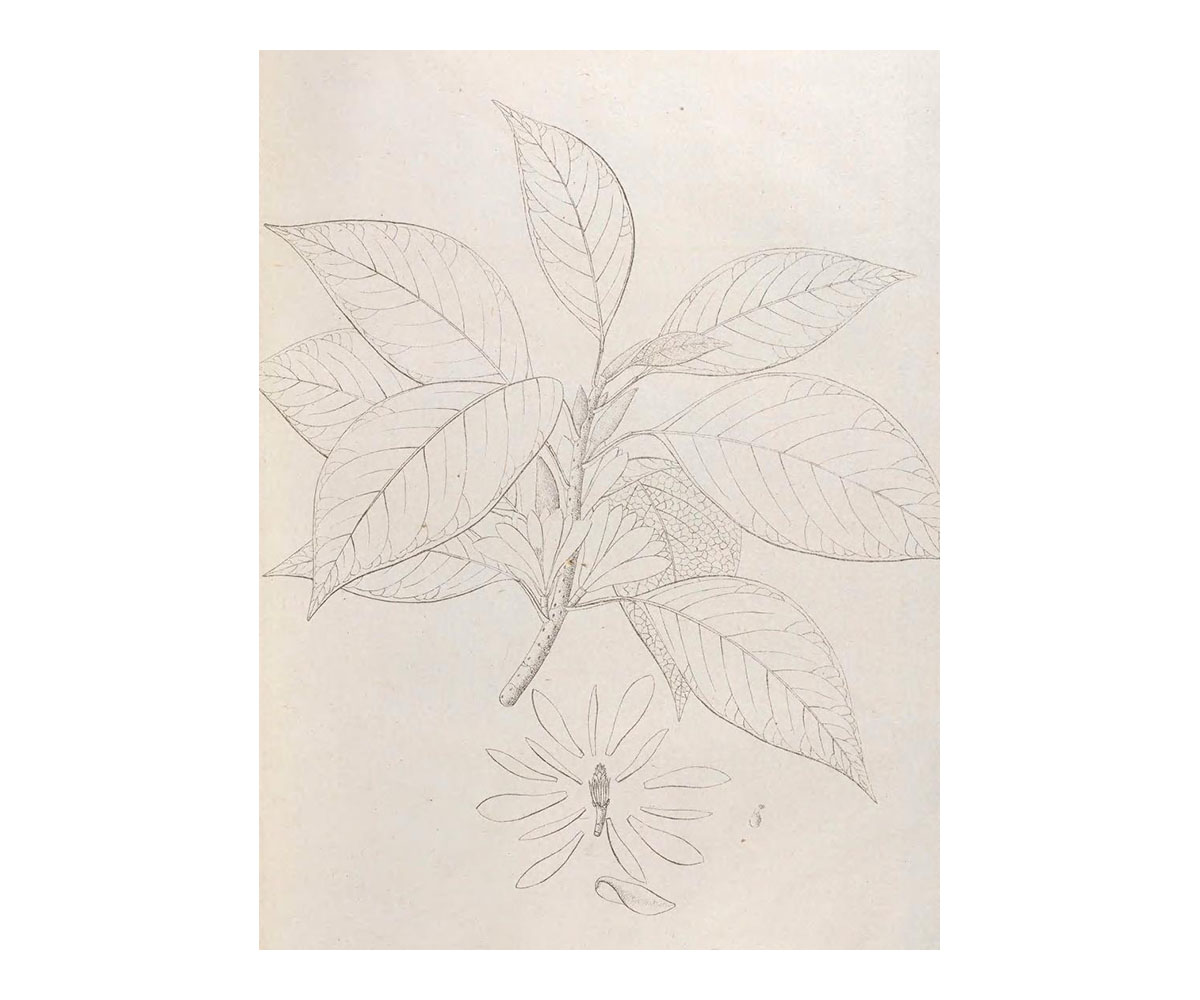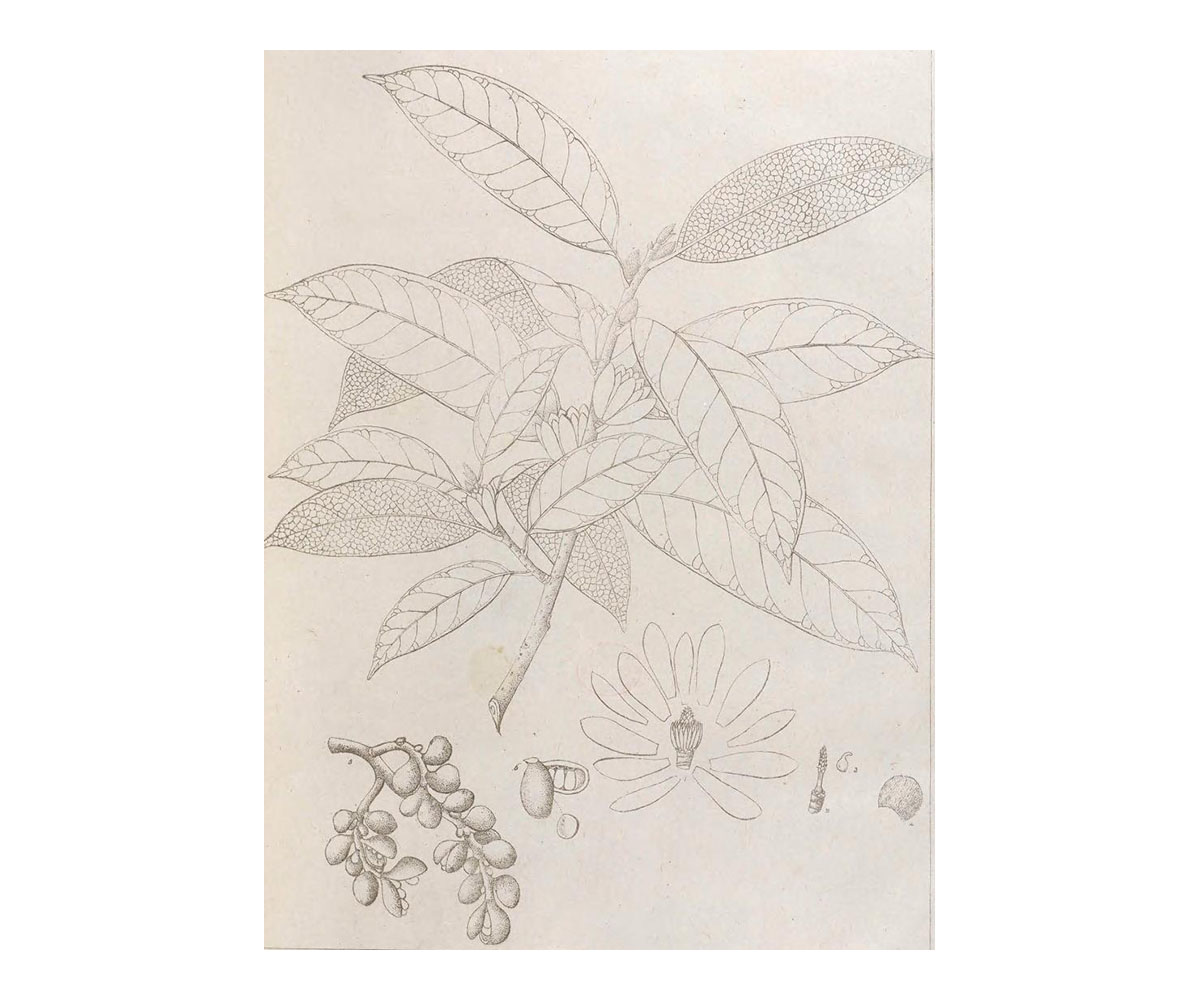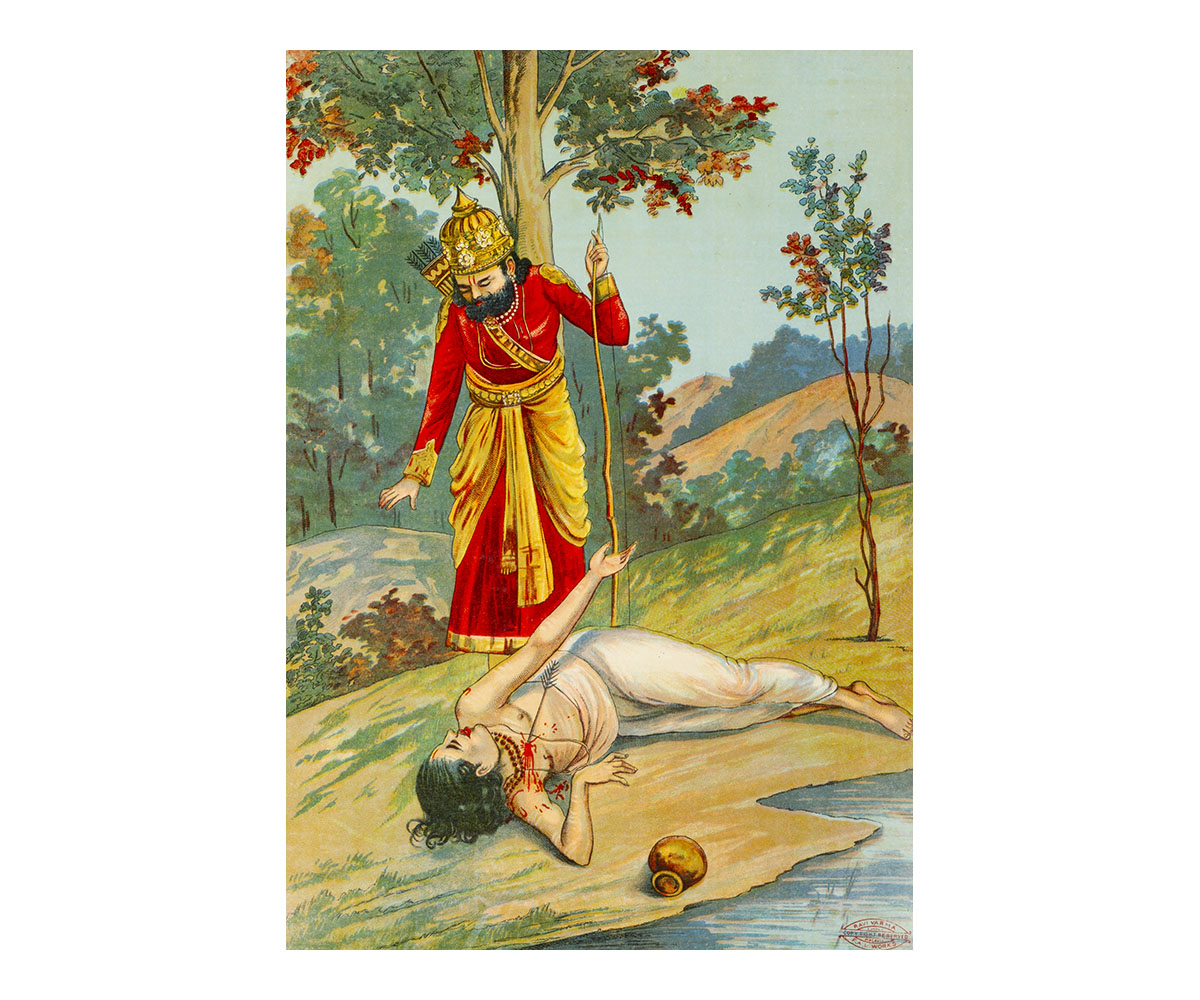ARTICLE
Lithography
A printmaking technique used for printing monochrome and colour images, lithography has historically been used primarily in book design and illustration and for making art prints. A portmanteau of the Latin words lithos (“stone”) and graphein (“to write”), the technique is so named for the printing matrix of fine-grained stone that was initially used for it. Lithography is a form of planographic printing, which uses the principle of immiscibility of oil and water for the selective inking of images.
The technique was invented by Alois Senefelder in 1798 in Munich, Germany, and soon grew in popularity as it provided a means to produce text and images for widespread circulation. It is first recorded to have been used in India by French artists De Savighnac and Jean-Jacques Selnos in 1921–22. They are thought to have produced single-sheet prints of at least one landscape and portrait, which are no longer in evidence. Its introduction as a mass-printing technology in 1922 is, however, attributed to the British assistant surgeon James Nathaniel Rind, who expanded its scope by exploiting its potential to print Perso-Arabic scripts. He was instrumental in setting up the first commercial lithographic press in Calcutta (now Kolkata), the Asiatic Lithographic Company Press, and later the Government Lithographic Press there.
The proliferation of printing presses incorporating lithography ensured the widespread printing of texts, books, art and prints that could then be easily disseminated. In India, it was widely adopted for academic and journalistic publishing as well as for publishing religious and literary texts and books in Persian and Urdu, for which Calcutta (now Kolkata), Cawnpur (now Kanpur), Bombay (now Mumbai) Lucknow, and Delhi, emerged as important centres. The earliest known lithographic text to be printed in India is Nathaniel Wallich’s Tentamen Florae Napalensis Illustrae (1824) by the Asiatic Lithographic Company, while the earliest Asian treatises to be printed by the Company were the Arabic Fatawah Hammadiya and the Persian Pandnamah (1825).
Lithography differs from techniques such as intaglio printing in that it does not rely on surface alterations on the printing matrix but rather on the physical interactions between the greased image, a weak acid, printing ink and water. The multistep process involves drawing or tracing, treating, immersion, inking and transferring, besides other intermediate steps. The design of the print is first drawn on the printing plate of limestone or zinc, using ink or crayon. A layer of rosin (a form of solid resin) followed by talc is rubbed on the stone, after which the stone is treated with a combination of gum arabic and a mild acid such as nitric acid. This solution reacts with the stone resulting in the grease-based design being fixed and the remaining exposed portions being permeable to water, and by extension impermeable to the oil-based printing ink. The original drawing for the design is then removed using a solvent, which leaves a faint trace of the on the plate. A layer of asphalt is buffed onto the surface and allowed to dry. Before the application of ink, the slab is thoroughly dampened with water, after which ink is repeatedly applied to the stone using an ink roller. Once the printing plate is ready, it is placed onto a press with a damp sheet of paper laid on top, on which is overlaid additional padding, before it is run through a press to transfer the inked design onto paper. The resulting print appears as a mirror image to the design on the stone. Offset lithography and oleography or chromolithography, which developed later, are variations of the lithograph printing process.
Although lithography was introduced in India as early as 1821, it came into prominence only in the late nineteenth century, when Illusionist painting and Academic Realism had become entrenched in Indian art. The technology of lithography not only offered the possibility of reproducing works of art but also that of bringing the fine art to the masses. The potential, realised by some artists and galvanised by the rising nationalist sentiment in the wake of colonial resistance, led to the popularisation of religious, mythological and historical imagery and the introduction of a new category of art in the form of devotional prints. Pioneered in India by Raja Ravi Varma and his Ravi Varma Fine Art Lithographic Press (FAL), lithography came to be instrumental in creating a new aesthetic of Hinduism in India and making it more visually accessible to devotees. The effect of realism was further heightened with the introduction of richly illustrated and coloured chromolithographs, which then made their way into poster and calendar art and printing labels. Among the earliest art printing presses in India are the Calcutta Art Studio, the Poona Chitrashala Press and S.S. Brijbasi & Sons.
In the early twentieth century, with the proliferation of printmaking processes in the international art world, artists in India too began to include lithography in their repertoire of techniques and mediums, for their own work or for use in art publications such as Probashi and Modern Review. Artists from Bengal were among the early adoptees of this technique, with printmaking experiments being conducted by members of the Bichitra club and eminent artists such as Abanindranath Tagore and Nandalal Bose. Lithography was also used by as a medium of protest and activism by artists such as Somnath Hore and Zainul Abedin. Other artists and printmakers who came to be known for their use lithographic printing include, Anupam Sud, Laxma Goud, Krishna Reddy, KG Subramanyan andJyoti Bhatt. Apart from individual artists, several collectives and spaces devoted to printmaking emerged in the 1990s, such as Indian Printmakers Guild, Chaap, Garhi Studios and the Kanoria Centre for Arts, to name just a few.
Lithography continues to be an important tool in the printmaking arsenal, with several technological adaptations and innovations having been subsequently made. However, in more recent times, it has been overshadowed by digital technologies and mechanisations, which have transformed the very notions of printmaking in art.
Bibliography
Our website is currently undergoing maintenance and re-design, due to which we have had to take down some of our bibliographies. While these will be re-published shortly, you can request references for specific articles by writing to hellomapacademy@map-india.org.











